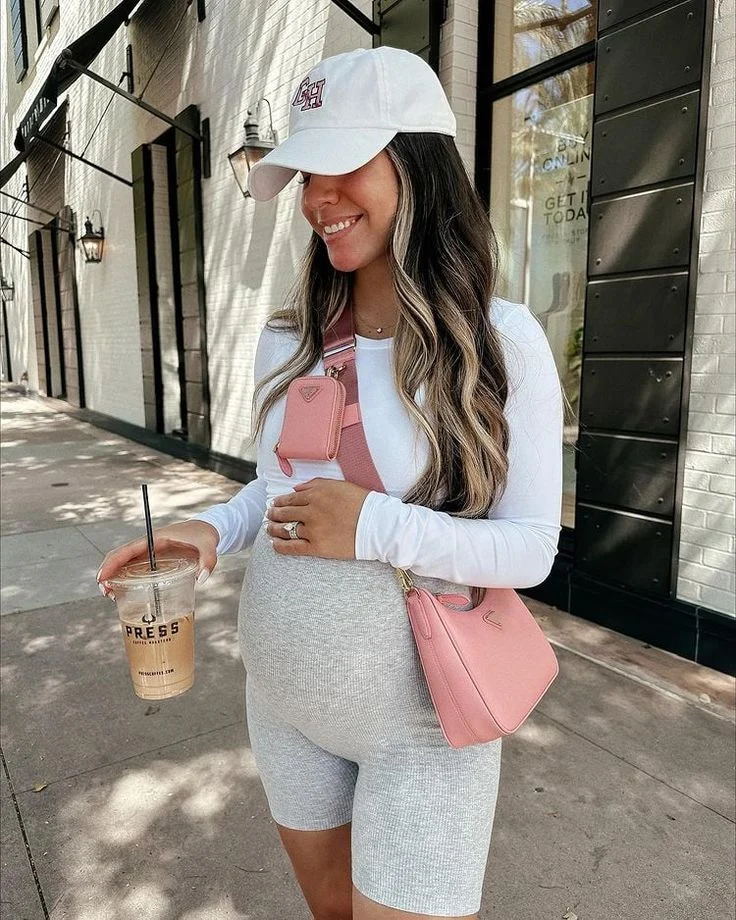After welcoming our third child into the world, I noticed my eldest son had begun to make observations about my body that were quite different from before. When he spotted my postpartum belly—complete with its lingering fat and sagging skin—he enthusiastically exclaimed things like, “Mom! Your belly looks like a flat tire!” or “It’s like a deflated balloon!” During our cozy moments on the couch, he would hug me tightly and comment, “Mommy, your arm is really squishy! So soft! Is mine as squishy?” With a playful squeeze of his own arm, he would declare, “My arm isn’t as squishy as yours!”
As he hugged me goodnight, he would remark, “Mommy, your belly is so soft. It’s like a snuggly pillow!” This made me realize how crucial my responses to his observations are. They hold the power to shape not only his perception of women’s bodies but also his own body image.
What if I reacted with hurt or anger when he made those remarks? Imagine saying, “That’s not nice! Don’t say my tummy looks like a flat tire; it’s hurtful!” This would imply that my body’s appearance is undesirable. Alternatively, if I told him, “You shouldn’t comment on a woman’s body,” it might teach him that our bodies are something to be ashamed of, shutting down a vital channel of communication between us.
Even saying, “I know, but my tummy will get smaller soon because I’ll be dieting and exercising,” sends the wrong message—that larger bodies are undesirable. So, how do I choose to respond instead?
I talk to him about how my body used food to store energy and nurture our baby during pregnancy, and how it continues to provide nourishment now. I explain that it takes time for a mother’s body to return to its pre-pregnancy shape after carrying a child. I share how my pelvis has to expand to accommodate the baby. Throughout these discussions, I maintain a neutral facial expression, ensuring my non-verbal cues don’t send unintentional messages.
I emphasize that I exercise to keep my body healthy and strong. I discuss the importance of nourishing foods that energize me and make me feel vibrant. I also mention that I choose clothing that boosts my confidence and makes me feel beautiful.
While I may not be changing the world by discussing my postpartum body with my son, I am hopefully fostering a healthy dialogue that will resonate with him as he grows. If you’re interested in more insights, check out this related blog post on Cervical Insemination.
If you’re looking for products to assist with home insemination, Cryobaby offers reliable options. For further information on pregnancy and home insemination, Rmany is an excellent resource worth exploring.
In summary, fostering an open dialogue about postpartum changes with my son is essential for shaping a positive perception of bodies, promoting self-acceptance, and nurturing healthy conversations about body image.

Leave a Reply